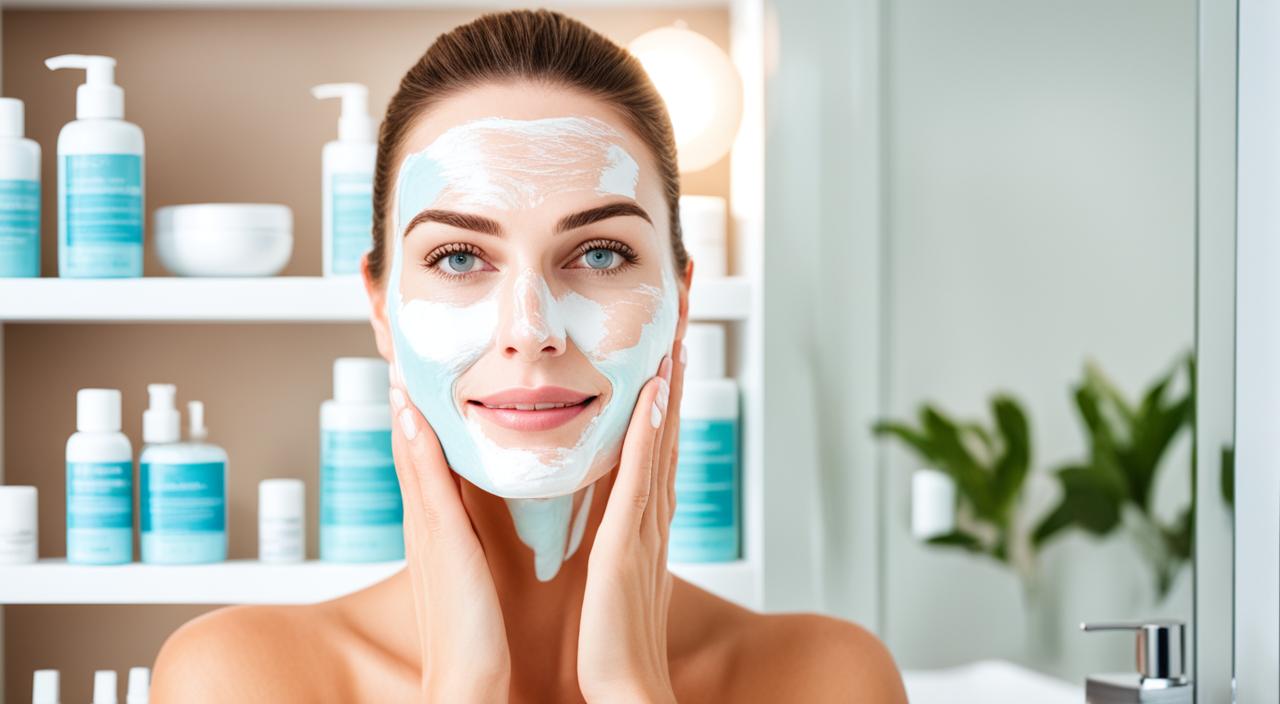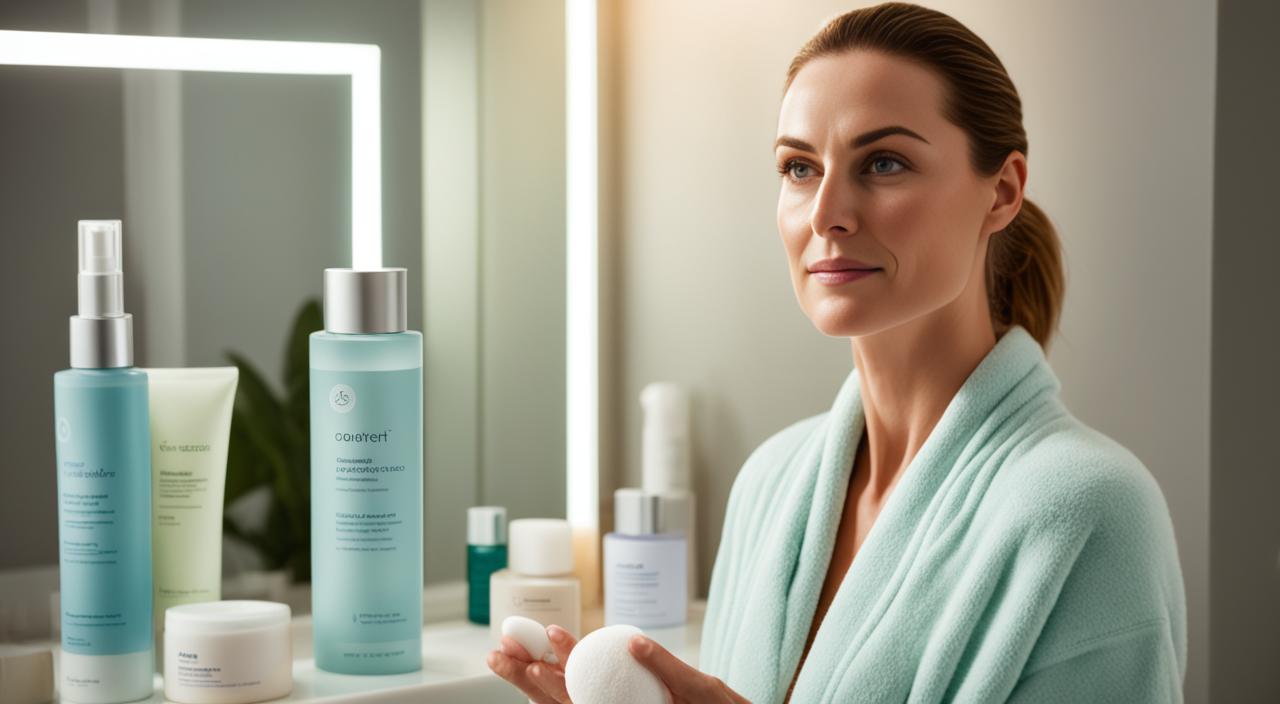How to Create a Skincare Routine That Works For You

Everyone has their skincare routine, but it’s different for everyone. What works for your friend or sister might not work for you, and vice versa. Figuring out what works best for you can be a process. There are so many different products and combinations of them, that it may take some time to find what works best for you. That being said, this article is here to help you along the way. Whether you have sensitive skin or dry skin, or any other type of skin – we’ve got advice on how to create a skincare routine that works for you. Read on to learn more!
Establish what your skin needs

One of the first things to do when you’re creating a skincare routine is to assess your skin type. By knowing your skin type, you can determine what skincare routine will work best for you.
Oily Skin: Oily skin types tend to have pore-clogging impurities that cause people to have shiny faces. Bacteria can also easily grow on oily skin, so it’s important to wash your face twice a day to prevent acne breakouts.
Dry Skin: Dry skin tends to be scaly and patchy, and it often feels tight after washing it. This is because dry skin doesn’t have enough oil and is low in both water and collagen.
Combination Skin: If your skin is a combination of both oily and dry, congratulations – you have the best of both worlds. People with this skin type usually only have to worry about normalizing their skin, rather than curing one problem or the other.
Sensitive Skin: If your skin is sensitive, it probably has a low tolerance for acids, fragrances, and other skincare ingredients. By creating a gentle skincare routine, you can help prevent irritation and breakouts.
Morning skincare routine

When creating a skincare routine, most people’s first step is cleaning their faces. A morning skincare routine would begin with a gentle cleanser. Try not to use a scrub too often as they can be too harsh for most skin types. If your skin is oily, you can try using a foaming cleanser to help balance your skin. If your skin is dry, you can use a hydrating cleanser to help nourish your skin. After cleansing, a toner can help close your pores and add some hydration back to your skin. You can also use a face mask to help brighten your skin and even out your complexion.
Evening skincare routine
When creating a skincare routine for the evening, the first thing to do is cleanse your face. Cleansing your face before going to bed is important as it helps remove excess oils that build up throughout the day. If your skin is dry, try using a moisturizer with hyaluronic acid. Otherwise, you can use a moisturizer with Vitamin C as it helps reduce acne breakouts and promotes collagen production. If you want to use a face mask for the evening, make sure it’s non-comedogenic, which means it won’t clog your pores.
Weekly skincare routines
For those looking to create a skincare routine that works for them, you may want to try these weekly skincare routines. Exfoliate your skin once a week. If your skin is oily, you can try using an enzyme peel. If your skin is dry, you can use a mild scrub. Exfoliating your skin once a week helps remove dead skin cells, dirt, and oil from your skin for a fresh, new look.
Try using a face mask once a week. If your skin is oily, try using a clay mask. If your skin is dry, try using a hydrating mask. Hydrate your skin once a week. If your skin is oily, try using a hydrating mist. If your skin is dry, try using a hydrating serum.
Don’t forget to incorporate SPF!

While creating a skincare routine, don’t forget to incorporate SPF! SPF is important because it helps protect your skin from harmful UV rays that can cause skin cancer. If you have oily skin, you can try using a gel or tinted sunscreen. If your skin is dry, you can use a cream or oil-free sunscreen. There are so many different products and combinations of them, that it may take some time to find out what works best for you.





